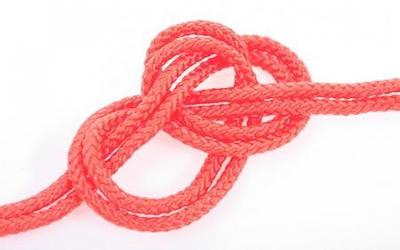PTE考生目前最大的问题之一就是练习题缺乏。除了有限的基本官方书(PLUS,Testbuilder, OG)之外就没有题了。很多英语基础不是很扎实的同学很难找到练习材料。悉尼文波雅思PTE培训学校专门为澳洲,尤其是悉尼、墨尔本的PTE考生准备了适合PTE听力阅读练习的科学60秒。各位PTE同学可以练习PTE听力中的summarise spoken text和PTE口语中的retell lecture,PTE听力口语-科学60秒-Frosty Moss练习记笔记技巧和复述。废话少说,下面开始:
听力内容:
60秒科学节目(SSS)是科学美国人网站的一套广播栏目,英文名称:Scientific American – 60 Second Science,节目内容以科学报道为主,节目仅一分钟的时间,主要对当今的科学技术新发展作以简明、通俗的介绍,对于科学的发展如何影响人们的生活环境、健康状况及科学技术,提供了大量简明易懂的阐释。
This is Scientific American — 60-Second Science. I’m Christopher Intagliata.
Of the many puzzles mathematicians ponder, one is new ways to tie knots. “There are more than six billion different types of knots that have been tabulated by mathematicians. Six billion.” David Leigh, a chemist at the University of Manchester in the U.K.
The hard part, he says, is actually making them. “Just because I can see a knitted jumper doesn’t mean I can actually make one.” Because what Leigh and his colleagues are interested in, is tying molecular knots—using strands that are 10,000 times thinner than a human hair.
“With a molecule you can’t just grab hold of the ends and tie them like you would a shoelace. They’re too small for that. Instead you’ve got to use chemistry to make the molecules fold themselves round into the precise way you need to form the particular knot.”
Continuing the shoelace analogy—remember when you were learning to tie your shoes, your mom or dad put a finger in the middle of the knot, to make it easier to tie? Leigh and his team did something similar, but used metal ions as the “fingers” to keep the knot tying organized. Then tiny molecular strands, just 192 atoms long, assembled themselves around the ions.
“And then mum pulls her finger out—we extract the metal ions out—and you’re left with just the knot at the end.” The most complex molecular knot ever synthesized. The study is in the journal Science.
Knots were hugely useful to our ancestors in the stone age: “fishing nets, axes with blades tied to the handles, how to weave fabrics to keep him warm.” And Leigh says knots could be just as helpful in the molecular world—like for stronger braided polymers—maybe a better Kevlar.
After all, we do have six billion knots to choose from. “As every Boy Scout knows, different types of knots have different characteristics that make them more or less suited to particular tasks.” And yes, Leigh himself was once a Scout. “I found knots difficult to tie then, and it hasn’t gotten easier as I’ve gotten older.”
Thanks for listening for Scientific American — 60-Second Science Science. I’m Christopher Intagliata.
墨尔本悉尼文波PTE原创首发
更多精彩请持续关注微信wenbo_tv3。





